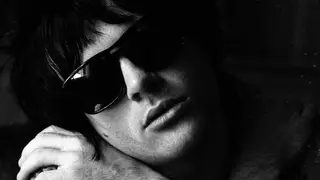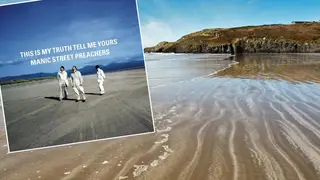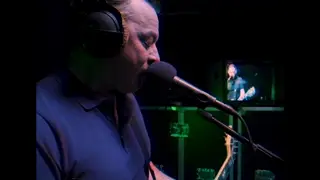Where was the photo on the cover of This Is My Truth Tell Me Yours taken?
14 September 2023, 15:00
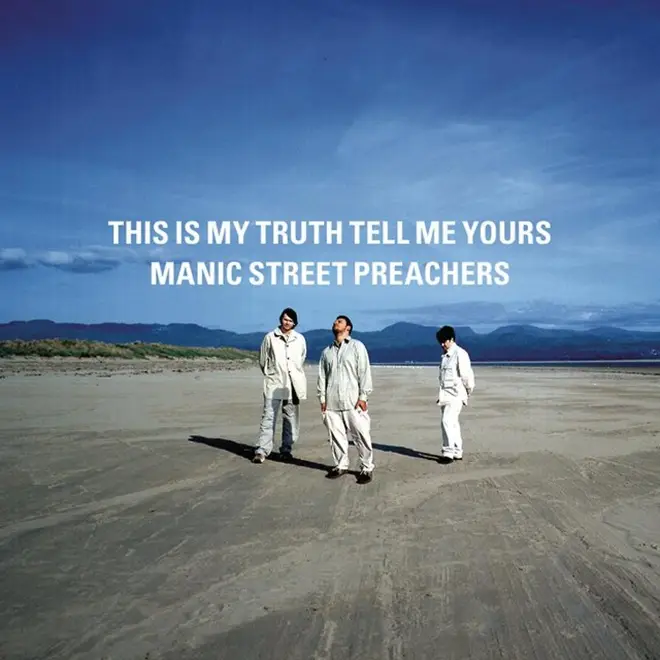
Radio X reveals where Manic Street Preachers stood for the cover of their classic 1998 album.
Manic Street Preachers had their biggest success with the release of This Is My Truth, Tell Me Yours.
It remains their only number one album to date, while spawning the Welsh band's first number one single with If You Tolerate This Your Children Will Be Next.
The album pays tribute to the trio's Welsh background: not only was the title taken from a quote attributed to the esteemed Welsh politician Aneurin Bevan, but the cover photo sees James Dean Bradfield, Nicky Wire and Sean Moore stood on a windswept beach in Wales.

However, while the Manics were born and bred in the South Wales Valleys of Blackwood, the image of the band, dressed in white against golden sands and a bright blue sky was actually shot in North Wales.
The beach in question is Black Rock Sands, which looks out onto Tremadog Bay, an inlet of Cardigan Bay on the Irish Sea in North Wales. The nearest village is Morfa Bychan, not far from the town of Porthmadog. If you follow the beach around the coast to the East, you'll come to the estuary where the rivers Glaslyn and Dwyryd reach the sea.
Here, at low tides, the sea will recede, allowing you to walk across the wet sand. Overlooking the estuary is the small village of Portmeirion, which was founded in 1925 by the architect Sir Clough Williams-Ellis.
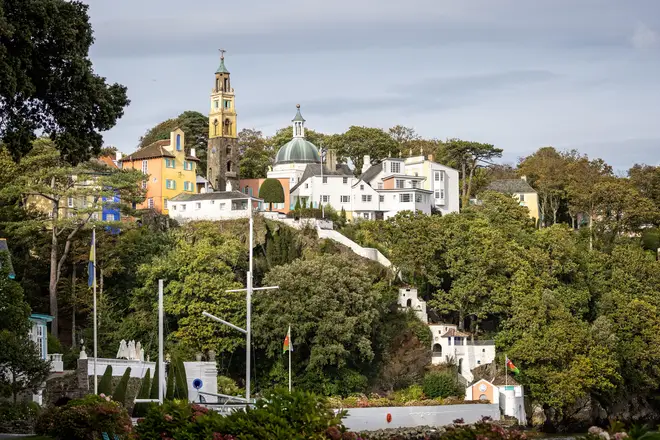
Over the next 50 years, Williams-Ellis worked on Portmeirion and constructed a fake "Italian village" amid the mountains of Snowdonia. This folly soon became a tourist attraction, particularly after it was used as the principle location in the TV series The Prisoner.
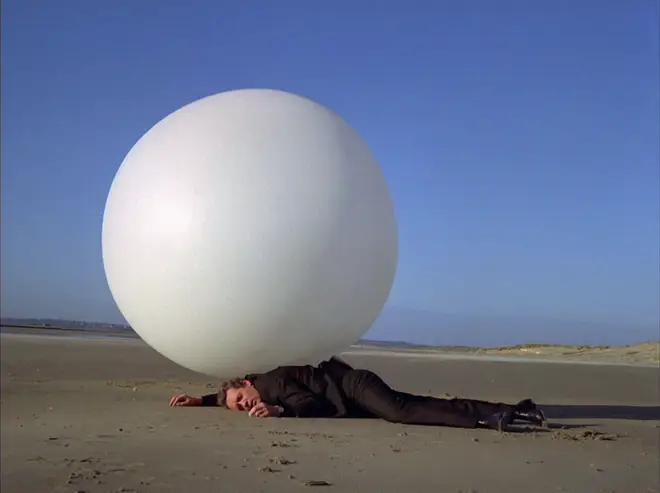
Broadcast in 1967, The Prisoner was a story of an intelligence agent played by Patrick McGoohan, who is kidnapped by a mysterious power and held captive in "The Village", which was portrayed on screen by Portmeirion. His identity is stripped from him and he is referred to as Number Six by the villains - as the series continues, the methods used to interrogate him become more surreal.
Portmeirion was the ideal location for such a bizarre series, as it features a "town square", a bell tower and even a fake boat that's built into the walls of the bay. The estuary was memorably used for the scene when Number Six was tracked down by the spooky white weather balloon called "Rover" that rounded up any would-be escapees. In many shots of the series, you can see the same black hills of the Snowdonia National Park that appear in the background of the cover photo to This Is My Truth Tell Me Yours.
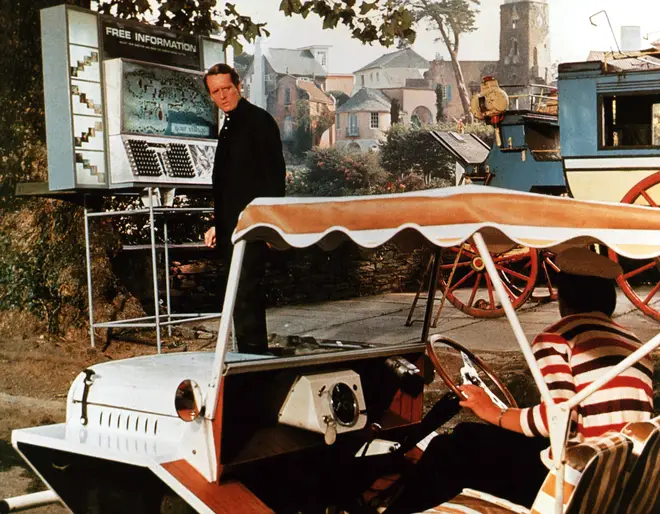
The Prisoner became a cult hit following repeats in the 1970s and 80s and prompted the foundation of Festival No 6, which took place at Portmeirion between 2012 and 2018. The title of the festival was a nod to Patrick McGoohan's character.
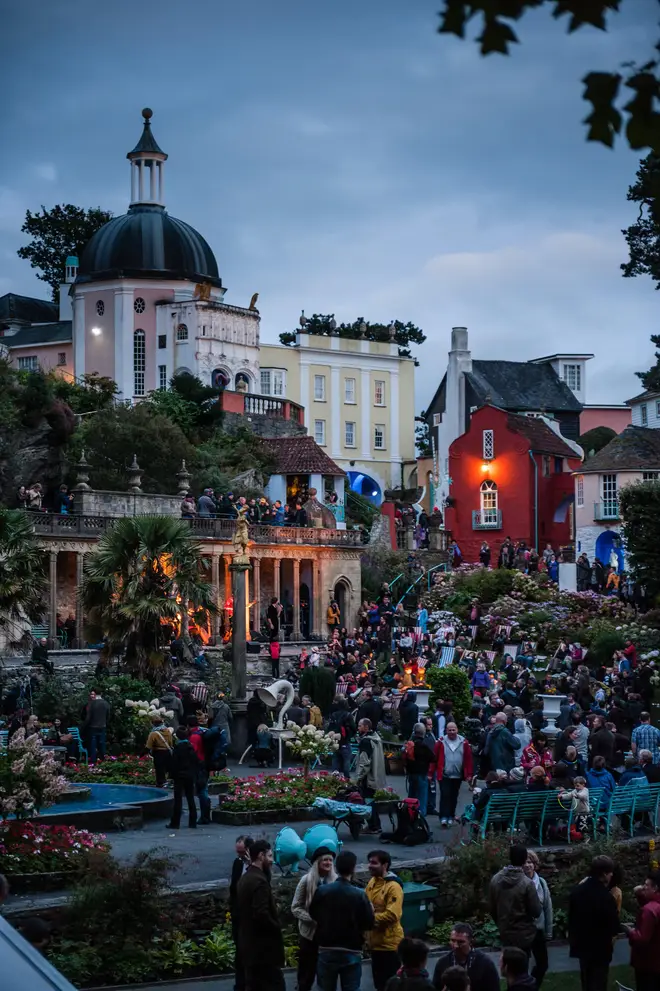
- Everything Must Go by Manic Street Preachers - the stories behind the songs
- The 50 greatest protest songs
- How A Design For Life gave Manic Street Preachers a new start




